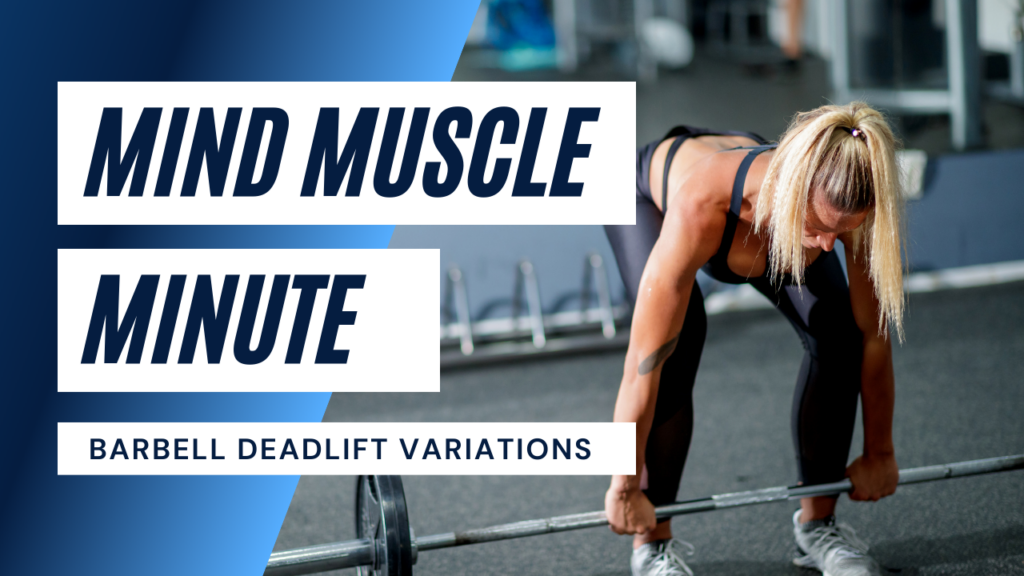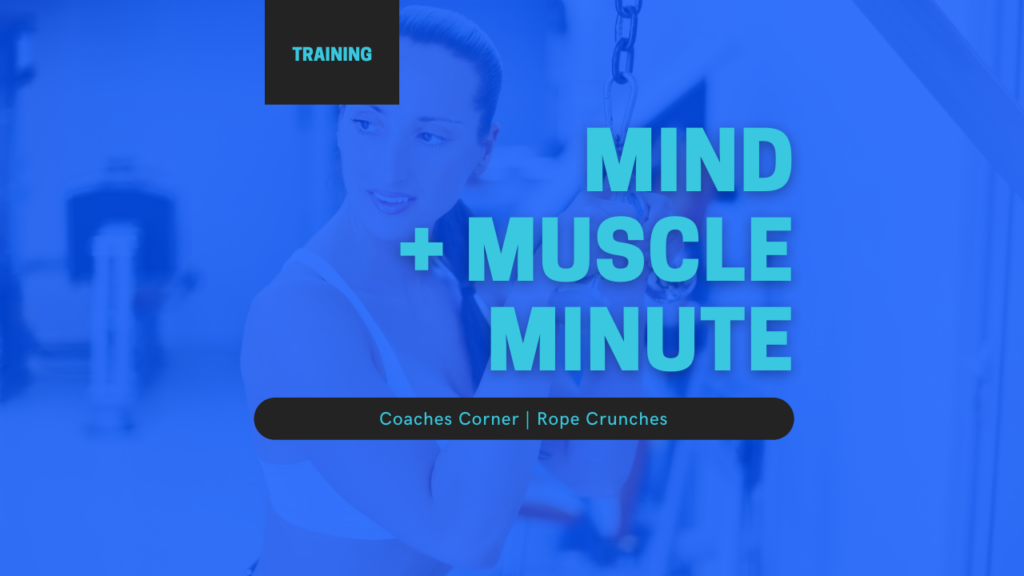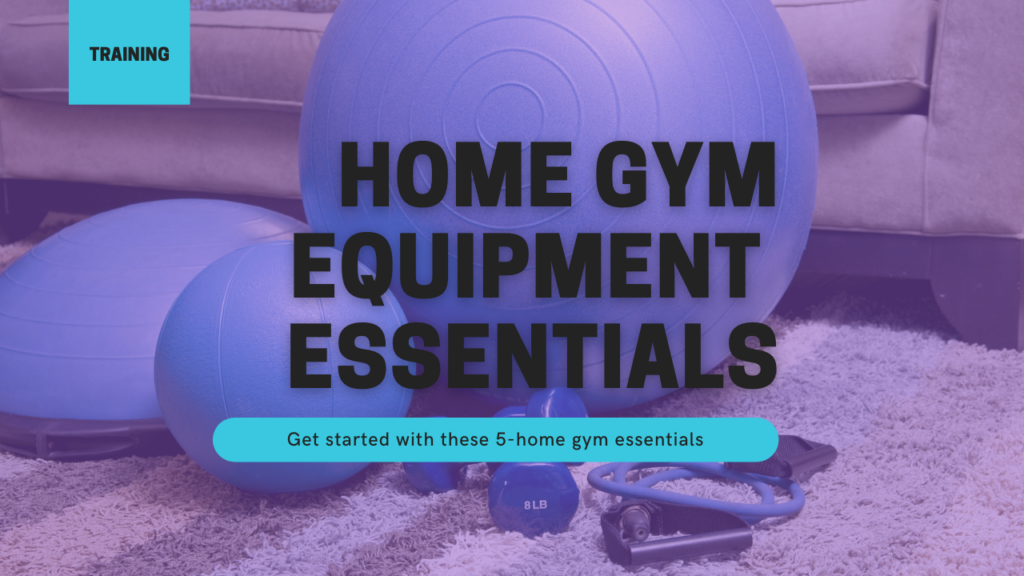
Barbell Deadlift Variations
Barbell Deadlifts are a great full-body exercise. This exercise, categorized to build overall body strength, and muscle in the back, glutes, and hamstrings.
Dumbbells, bands, cables or barbells, can be used to add external load to a deadlift pattern.
This one exercise checks many of the strength training boxes.
It is a compound lift, using many joints, and joint angles, to perform the movement.
The technique is key when it comes to the deadlift. The deadlifts are often avoided due to their high incidence, or risk of injury, to the lower back.
If properly progressed, and practiced, this one exercise, is great for grip strength, glute building, back building, and over all full body strength, and endurance.
Here is a short (but not complete) list for the number of deadlift variations possible.
Single-Leg Deadlifts
Stiff Leg Sumo Dumbbell Deadlifts
B-Stance or Kickstand Deadlifts
Band Deadlifts
Stiff Leg Cable Deadlifts
Landmine Deadlifts
Trap Bar Deadlifts
For this post, we will focus on the basic barbell deadlift variations that includes:
- stiff leg deadlifts
- romanian deadlifts
- conventional deadlifts
- sumo deadlifts
Technique Overview
The general set up for all variations of the deadlift is similar.
The main focus points are:
- flat back, and stacking the vertebrae
- chest proud, tall upper torso
- abs engaged, core tight
- hinging at the hips while maintaining this flat back position
The key point for the deadlift is the hip hinge, and/or the knee bend.
Stiff Leg Deadlifts
Stiff leg deadlifts, are the first exercise to start with the hip hinge, without the added focus of bending the knees.
Start with dumbbells, or a light barbell (<20-25lbs), push the hips back, keeping the chest proud, the back flat, shoulder blades down, and abs engaged, skim the barbell on the front of the thighs while lowering the weight.
Stop at around the bottom of the knees, and then returning to the start position, but ensure to keep your chest tall, the hips shoot forward, while squeezing the glues and return to the start position.
The set up is to stand tall, hip hinge at the hips, and with knees bent but not locked out (but firm), attempt to pull the weight up vertically while keeping the weight close to the body.
Romanian Deadlifts
Romanian deadlifts, has a similar set up to a stiff leg deadlift, however, now we add a knee bend to the movement.
Instead of ONLY hinging at the hips, we also bend the knees, to lower the weight, to just in front of the knees.
Start with a barbell in hand, overhand grip, directly in front of the body, and standing tall.
Hip hinge forward, and bend the knees at the same time, lowering the weight, by skimming the front of the thighs, to just below the front of the knee. Stop. Reverse the movement, driving up through the top of the head, standing back up by extending the knees, and return the hips back to the start position by squeezing the glutes, and standing back up tall.
The idea here, for the Romanian Deadlift is that the weight stops, just below the front of the knee, hovering, in front of the body, before, returning to the start position.
For beginners, often, the lower back engage more, before, you get the full effect of the full body impact this exercise has on all muscle groups.
With continued, and consistent practice your strength will build up, including your lower back, in order to get stronger, and add more load to the bar.
Conventional Olympic Deadlifts
Conventional deadlifts differ from the Romanian, in that the weight touches, the floor, before returning to the start position. There is a small ‘touch’ of the weight, to turn the movement back around, and return to the start position.
Set up is the similar as stiff leg deadlifts, and Romanian deadlifts.
Unrack the barbell from the squat rack (if lifting above 45-50lbs), or use the preset barbells (<20-45 lbs).
Maintain your shoulder blades depressed, chest tall, back flat and abs engaged, slowly lower the bar to the floor by skimming the thighs all the way to the floor.
Note: the ability for you to touch the weight to the floor depends on the load, on the bar, and if you have plates large enough (regular 45 lbs diameter plates), to be able to touch the ground. Short individuals might be able to use, the smaller plates, and touch the ground, however, most will not.
Try using a lighter bar (ie 25lbs), and put 2 x 10lbs, plates that are larger in diameter, so that you will be able to touch the weight to the floor. If not, then it might be best, to prop the bar + plates, on 2 smaller/large plates, or in the squat rack, in a way, that the bar drops to the floor, but you are not too low in order to pull the bar back up.
The bar should land on the floor around mid shin, and your body shape should not lose form, in the process.
Heights vary from person to person so at times, there might be an adjustment, to make the exercise fit the individual.
Upon touching the weight to the floor, keep your back flat, chest proud, abs engaged, and keep your weight, centered over the mid-foot.
Using your legs, and glutes to drive the weight off the floor, and stand back up.
To stand up you extend the knees, and hips come forward, at the same time, trying to drive the bar up in a straight line, standing tall driving through the tops of yoru head toward the ceiling to return to the start position.
Sumo Deadlifts
Sumo Deadlifts, has a little more focus on the glutes compared to the position of the Romanian or Conventional Deadlift.
This type of deadlift, uses a wider stance, whereas the other 3 variations tend to use a shoulder width, or narrower stance,
A dumbbell sumo squat, transitions nicely into a barbell sumo deadlift.
Most barbell exercises, will start from the floor, upwards, however, most beginners due to the light weight used, and lack of endurance in the lower back, we will start from a standing position downwards, then move from there into a squat rack, and from the floor up.
To start, stand tall, with a wider than shoulder width grip, toes pointed slightly outwards.
Hold the bar in front of you, using an overhand or mixed grip, with your chest proud, abs engaged, and back flat.
Lower, the bar in front of you, leaning forward at the hips.
The bar will track down, the front of the thighs, in front of the shins.
There is a slight forward lean of the torso, and shoulders, while the hips stay higher, as compared to a squat movement pattern.
The bar depending on the plate size, may or may not touch the floor.
If using the preset bars, the weights tend to be smaller, so if this is the case, come to about mid shin, and then return to start position.
If the weight plates are large enough to touch the floor, bring the bar, down, to touch the floor maintaining the integrity of the upper portion of the body with your back flat, abs engaged and chest proud.
To return the bar to the start position, drive into your heels contracting the glutes, pull the bar, vertically upwards, drive up through the top of your head and extend the knees while the hips come forward.
Summary
Deadlifts, are often avoided due to their relative high risk of injury, however, once practiced, and progressed, they are a great full body exercise, to build strength, and power.
They can be used, aesthetically, to isolate certain muscles – ie back, or glutes/hamstring, in order to bring up lagging body parts or part of a functional strength training program, to maintain muscle, strength, and coordination.
When beginning your deadlift journey, hip hinging is key.
Start with a stiff leg barbell deadlift, moving into other barbell variations, such as Romanian, Conventional, and Sumo Deadlifts.
Lower back strength and grip strength, are essential, to be able to progress the loading, and range of motion of your deadlift over time.
Practice your ABCs – abs engaged, back flat and chest proud and lead with a technique focus, when entering and exiting a deadlift pattern.
Which of the following variations, do you find produce the best results, for your fitness goals? Let me know in the comments below.
Pick up everything you need to maximize your training success.
Information on coaching, programs, and offers.
Discover testimonials, nutrition, training,
information about competing + living a healthy lifestyle.
Empowering Transformation
Let’s discover if the micro coaching model
is right for you.






